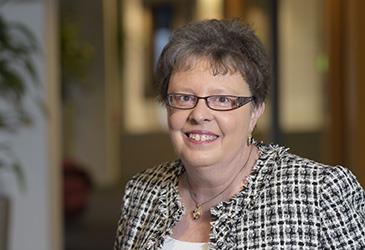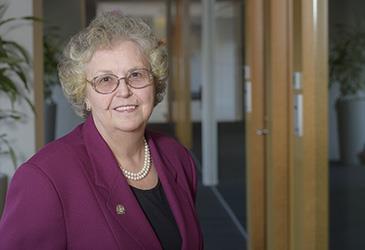Representatives from key physician, hospital and patient safety organizations met last week to discuss the growing trend of assessing the competence of aging physicians and explore the question of whether national guidelines need to be developed.
Why now
The number of physicians 65 years and older has more than quadrupled since 1975, reaching more than 241,000 in 2013, according to a recent report of the AMA Council on Medical Education. Senior physicians make up 23 percent of the nation’s physician population, and roughly 40 percent of them are actively engaged in patient care.
“It is the opinion of the Council on Medical Education that physicians should be allowed to remain in practice as long as patient safety is not endangered and that, if needed, remediation should be a supportive, ongoing and proactive process,” the report states.
“Self-regulation is an important aspect of medical professionalism, and helping colleagues recognize their declining skills is an important part of self-regulation,” the report states. “Therefore, physicians must develop guidelines/standards for monitoring and assessing both their own and their colleagues’ competency.”
One of the primary recommendations of the report was to convene national stakeholders to further explore this issue.
Bringing together the key players
As the group prepared to meet Wednesday, Darlyne Menscer, MD, chair of the AMA Council on Medical Education, said the initial goal was to look at the available evidence around physician assessment and competence.
“Many people have presupposed that the AMA has taken a position on whether physicians should be assessed and how that should be done,” she said. “The truth is that we have not.”
The meeting brought together nearly three dozen representatives from such organizations as the Joint Commission, the American Hospital Association, the Coalition for Physician Enhancement, the Council of Medical Specialty Societies, the National Board of Medical Examiners, the National Board of Osteopathic Medical Examiners and the National Patient Safety Foundation.
Experts who research physician competence, run assessment programs and deal with related legal issues also participated, sharing their insights.
The group began deliberation around key issues and challenges for determining whether guidelines should be developed, including:
- Legal implications of screening physicians based on age
- Variability of how age impacts individual physicians’ competence
- Uncertainty of how to interpret tests of cognitive or motor function in physicians
- Confounding effects of other variables on physician competence and performance
“How do we keep our patients safe and yet be fair to both the physicians and the patients?” said Barbara Hummel, MD, chair of the AMA Senior Physicians Section. This is an essential question that stakeholders will continue to explore.
Dr. Menscer said it’s particularly appropriate that the AMA Council on Medical Education is spearheading this effort alongside the AMA Senior Physicians Section.
“The AMA Council on Medical Education has historically been involved in many issues concerning continuing professional competency and is well-positioned to convene this conversation,” she said. “Who better than us?”
The AMA Senior Physicians Section, meanwhile, was the driving force behind the AMA policy that led to the council report and Wednesday’s stakeholder meeting.
Watch AMA Wire® for additional information as the group continues to explore the issues surrounding physician assessment and potential solutions.





